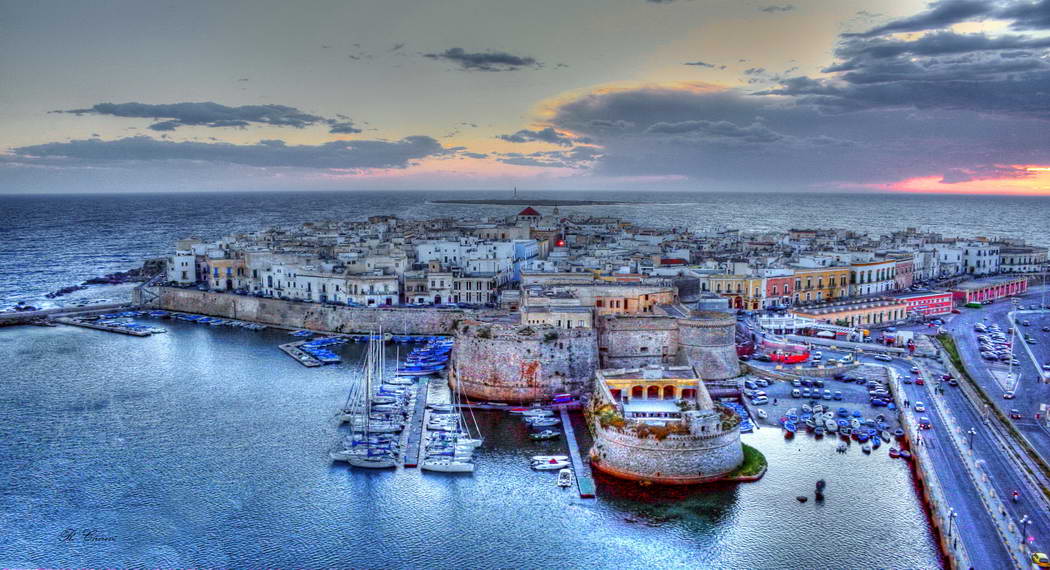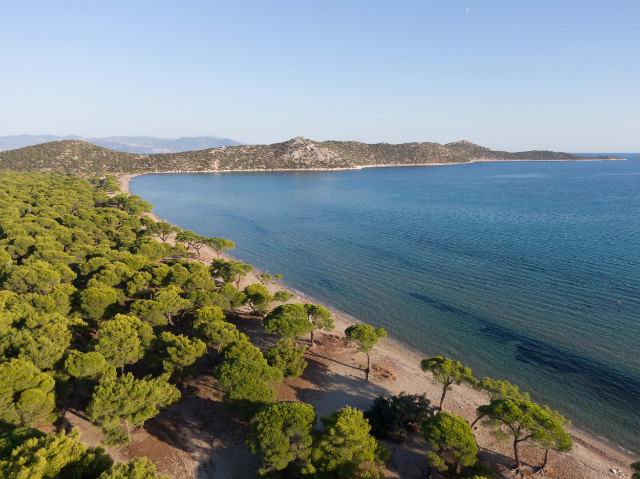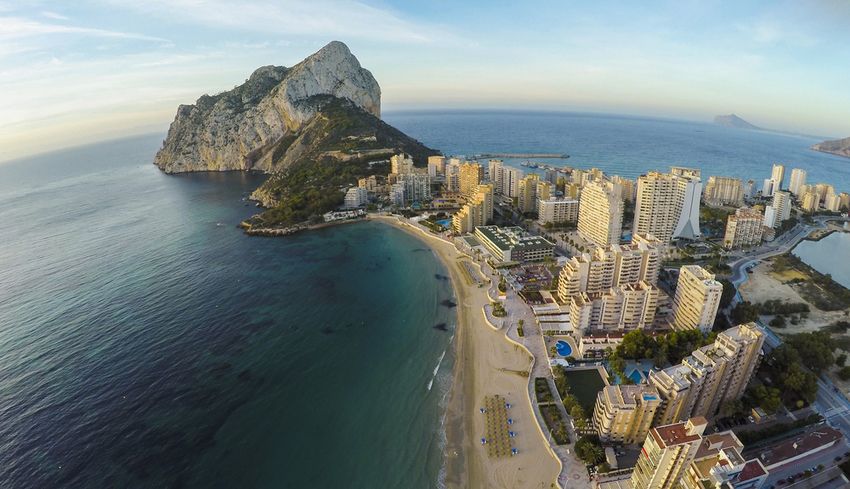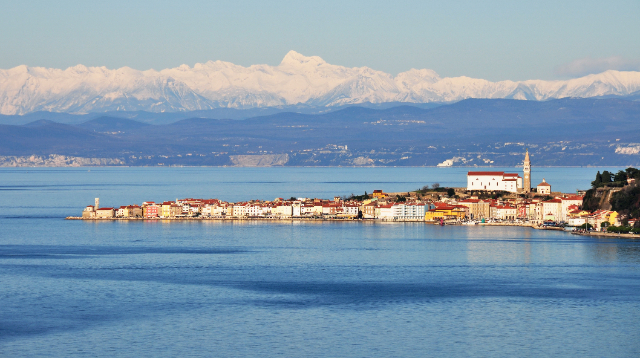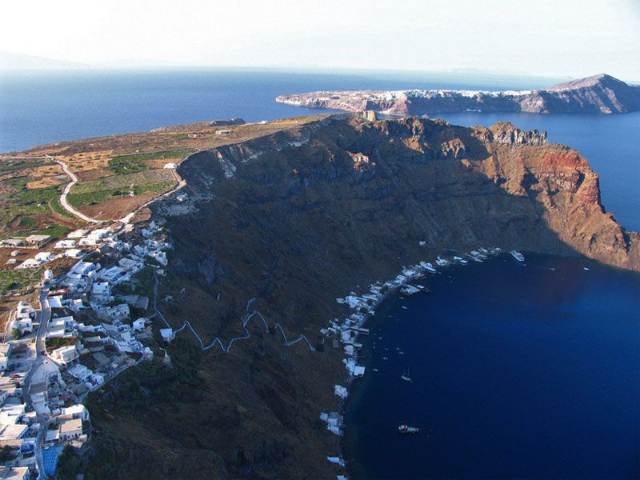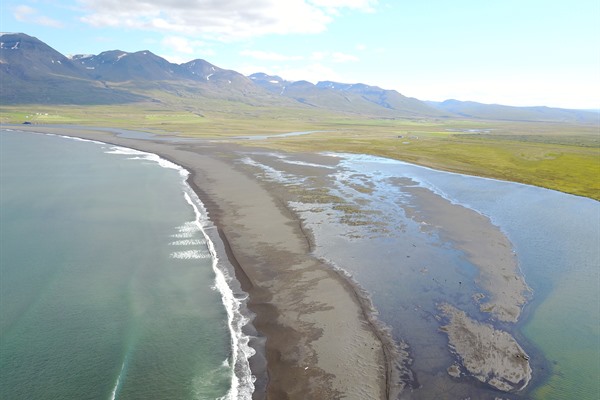The Borgo corresponds to the modern part of the city and is located further east on a promontory, while the old town is located further west on an island of limestone origin. The ancient part of Gallipoli is surrounded by bastions and defensive walls about a kilometer and a half long, built with the aim of defending the city from enemy attacks from the sea.
The urban layout of the old town is characterized by narrow and winding streets, according to a pattern dating back to the first half of 900 AD, when the city was conquered by the Saracens. This part, the oldest one, is in turn divided into two areas separated by the main street, via Antonietta De Pace. The island on which the old town stands was once joined to the mainland by a strip of natural land, called isthmus, which was the only passage to access the city.
In 1484, the city passed into the hands of the Venetians who decided to cut the isthmus in order to increase the defense of the island, which had been plundered by the Turks a few years before. This project was carried out only a few years later by the Aragonese who in the meantime had taken possession of the city, taking it away from the Venetians.
The current bridge of Gallipoli was built between 1601 and 1608 with a structure of twelve arches that ended in a wooden drawbridge. Still today it represents the only point of contact of the island with the mainland, but it has undergone some changes over time: the drawbridge was eliminated and a parallel road was built for the passage of train tracks and cars.
A panoramic road called La Riviera surrounds old Gallipoli and from here it is possible to admire part of the Gallipoli coast. Among the natural beauties worthy of note is the island of Sant’Andrea located southwest, about a kilometer from Gallipoli, whose name is due to the homonymous chapel that stood on the island, now destroyed. On the island there are two landing places, one in the North-East and one in the South-East, and a big lighthouse created in 1866.
Equally interesting are: the Isoletta del Campo, the Scoglio dei Piccioni and the Scoglio della Nave, near the old city.
